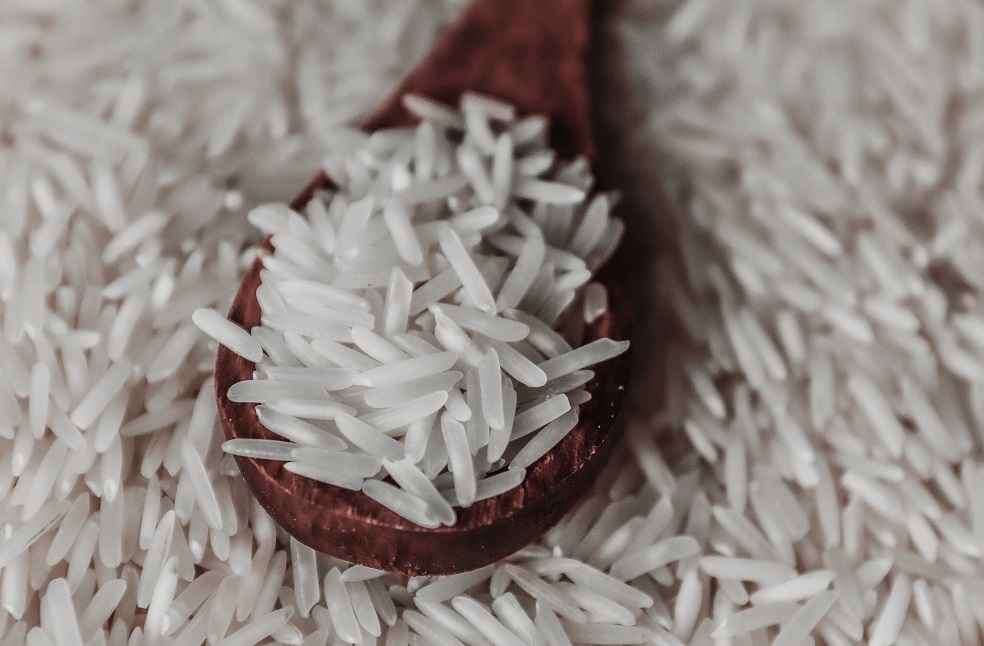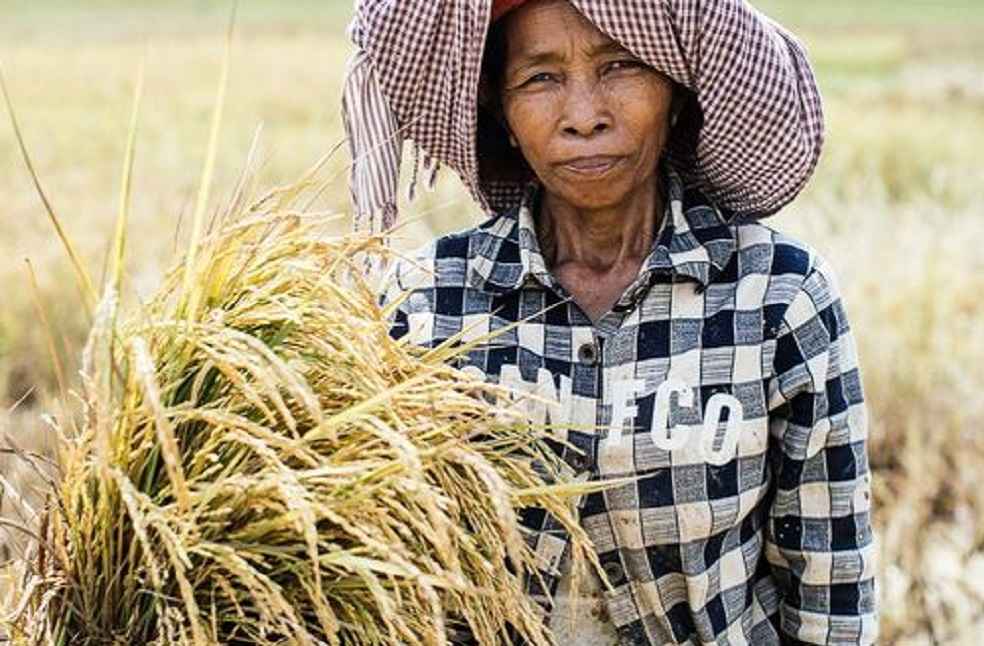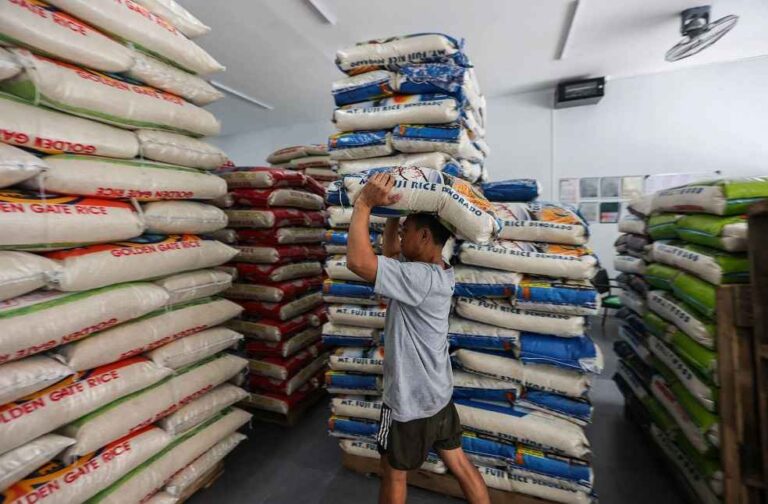The United States Department of Agriculture (USDA) forecasts the Philippines to retain its status as the foremost rice importer worldwide throughout 2024. This projection emerges against a backdrop of escalating local rice costs, fueled in part by the country’s ongoing rice import requirements, which have surged to a peak unseen in 14 years.
The USDA’s Economic Research Service posits the nation’s rice imports reach approximately 3.8 million metric tons (MT) for the year. Preceding this figure, the Bureau of Plant Industry (BPI) recorded imports of 3.22 million MT from January 1 to December 22, 2023.
According to the USDA, the Philippines is set to eclipse other nations in rice importation, with an anticipated volume of 3.8 million tons, outstripping China, Indonesia, the European Union, Nigeria, and Iraq. Early 2024 data reveal that the country’s imports, predominantly sourced from Vietnam, stood at 56,090.63 MT as of January 11.

Despite a projected population of 112 million, the Philippines surpasses China’s expected import of 2.8 million MT, designed to cater to its vast populace of 1.409 billion. After these nations in the import hierarchy are Indonesia, the European Union, Nigeria, and Iraq, with their respective import estimates.
Global rice trade forecasts suggest a contraction to 5.22 million MT in 2024, a decrement from 52.4 million MT the previous year. This downturn is attributed to India’s export restrictions between 2022 and 2023. Nations like Brazil, Egypt, Ghana, Indonesia, Kenya, Mozambique, North Korea, Singapore, Tanzania, Togo, and Vietnam are principal contributors to this anticipated decline.
Concurrently, the Philippines confronts escalating rice prices. The rate of increase for rice prices reached 19.6% in December 2023, a rate not seen since March 2009’s 22.9%. This uptick in prices stirs substantial apprehension among consumers and policymakers.

Efforts by GMA Integrated News to solicit commentary from the Department of Agriculture (DA) persist. Agriculture Secretary Francisco Tiu Laurel Jr. recently highlighted the imperative for significant investment within the rice sector. He advocates allocating at least P1.2 trillion over the upcoming three years, predominantly for irrigation of 1.2 million hectares of farmland. He critiqued the government’s historical underinvestment in substantial post-harvest facilities, underscoring the necessity for more expansive and effective projects.
With the Philippines poised at this critical juncture, the balancing act between reliance on rice imports and enhancing domestic production capabilities, coupled with managing the inflationary trends in this essential food segment, remains a pivotal challenge.
ENERGY INDUSTRY | Russia Surpasses Saudi as Top Oil Exporter to China in Market Upheavel



